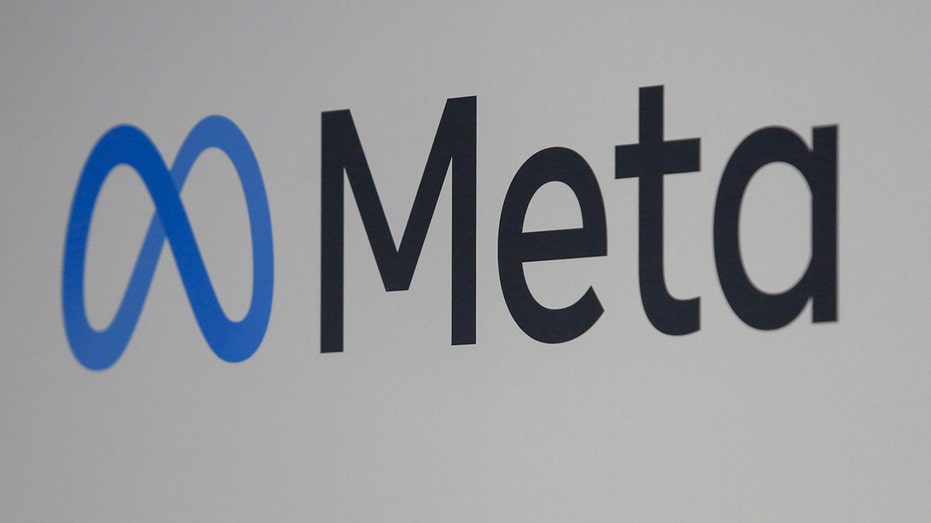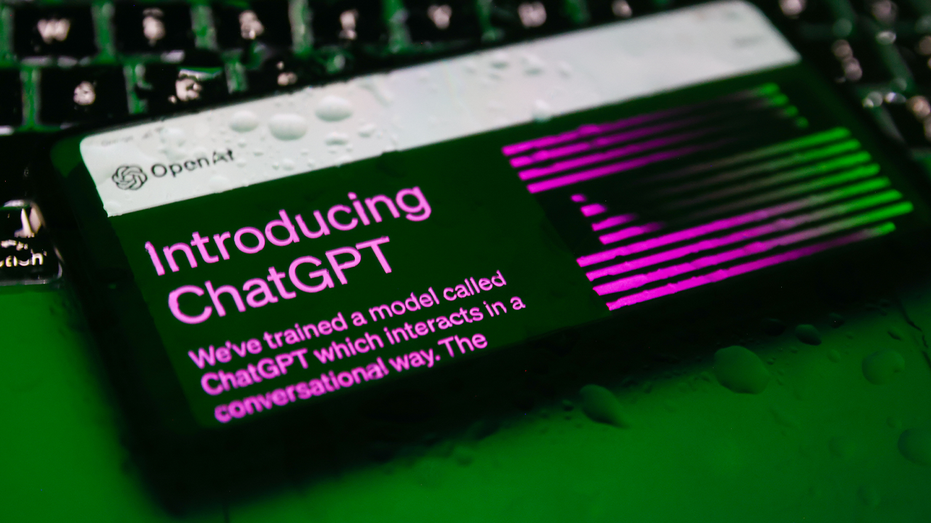Facebook parent Meta releases AI model ‘SAM’ that can identify images within photos
Meta already uses technology for activities like tagging photos and moderating prohibited content
Artificial intelligence represents a 'huge opportunity' for DocuSign: CEO Allan Thygesen
DocuSign CEO Allan Thygesen discusses his expansion plan to reignite growth on 'The Claman Countdown.'
Facebook parent Meta on Wednesday released a paper detailing its latest AI model that can "segment" different items within photographs.
The company’s research division said it released the Segment Anything Model (SAM), and the corresponding dataset to foster research into foundation models for computer vision.

A logo at the Meta Platforms Inc. area on the opening day of the MWC Barcelona at the Fira de Barcelona venue in Barcelona, Spain, on Monday, Feb. 28, 2022. (Angel Garcia/Bloomberg via Getty Images / Getty Images)
Meta said SAM is capable of identifying objects within images and videos – even in cases where it had not encountered those items in its training.
"The model is designed and trained to be promptable, so it can transfer zero-shot to new image distributions and tasks," Meta said in a blog post. "We evaluate its capabilities on numerous tasks and find that its zero-shot performance is impressive – often competitive with or even superior to prior fully supervised results."
GOOGLE SAYS ITS A.I. SUPERCOMPUTER IS FASTER, GREENER THAN NVIDIA A100 CHIP
By using SAM, objects can be selected by clicking on them or writing text prompts. In one demonstration, writing the word "cat" prompted the tool to draw boxes around each of several cats in a photo.
Meta already uses technology similar to SAM internally for activities like tagging photos, moderating prohibited content, and determining which posts to recommend to users of Facebook and Instagram. The company said SAM's release would broaden access to that type of technology.

ChatGPT and OpenAI website is screened for illustration photo. Gliwice, Poland on March 31, 2023. (NurPhoto via Getty Images / Getty Images)
The SAM model and dataset will be available for download under a non-commercial license. Users uploading their images to an accompanying prototype likewise must agree to use it only for research purposes.
AI has burst to the forefront in the national and global conversation in recent months after the release of the popular ChatGPT AI chatbot, which helped spark a race among tech giants to unveil similar tools.
CLICK HERE TO GET THE FOX BUSINESS APP
The rapid rise of AI, however, has raised ethical and societal concerns about technology that can generate convincing prose or imagery that looks like it’s the work of humans.
The Associated Press contributed to this report.





















